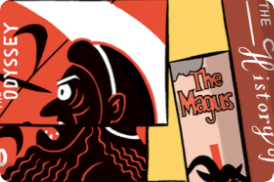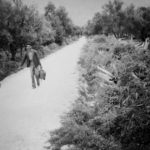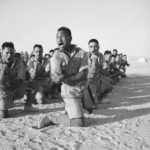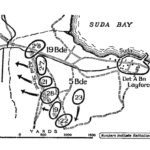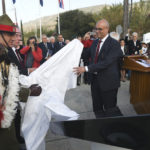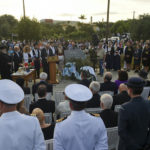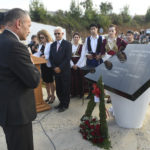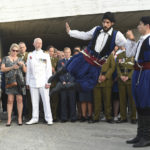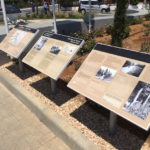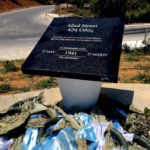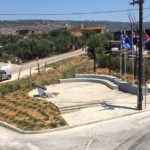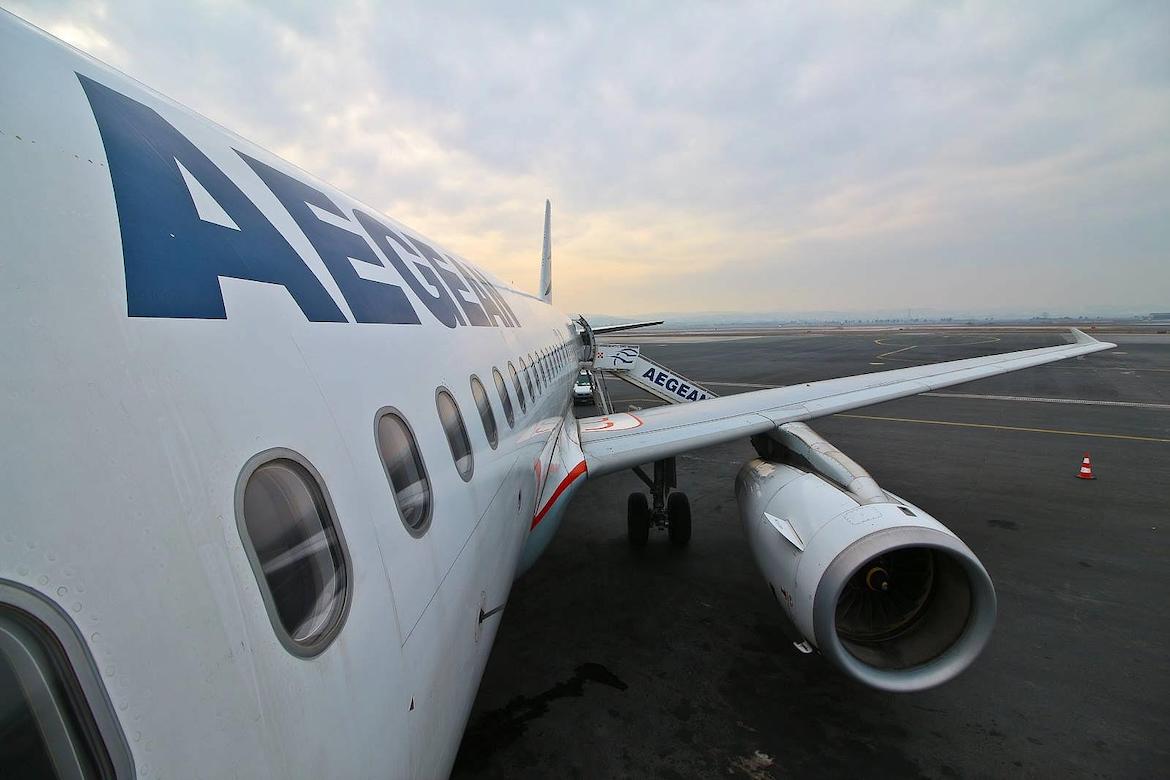In May 1941, more than 6,500 Australian and 7,700 New Zealand troops were in Crete, defending the last remaining bit of Greek soil from the Nazi Germans who had already taken over the rest of the country. They were part of the 40,000-strong Allied garrison of the British Commonwealth forces.
Invoking the spirit of the first Australian and New Zealand Army Corps (ANZAC) that fought in the Gallipoli campaign of the First World War, a generation later — a second Anzac Corps was formed to support the Allied defense of Greece.
The Anzacs played an important role in the defense of Crete, fighting alongside British forces, the Greek Army, and Cretan civilians, against the massive airborne invasion that the Nazis called Operation Mercury.
Despite a heroic counter-attack on May 27, 1941 against elite Nazi forces, the end was near in the final days of May 1941 and a massive evacuation operation was under way, with thousands of British Commonwealth troops retreating frantically to the southern beaches of the island and shuttled to safety in Africa.
Seeking to preserve the memory of the Anzac operation Crete, a group of Australians worked tirelessly to create a memorial and inaugurate it in a ceremony on May 19th in an area on the outskirts of Hania nicknamed “42nd Street” by the Allies.
The memorial was funded almost exclusively by the Greek Australian community, as well as a $30,000 grant from the Australian government’s Department of Veteran’s Affairs.
About 400 people attended the inauguration of the 42nd Street Anzac Memorial, including the Australian and New Zealand ambassadors to Athens, as well as representatives of the nations’ defense forces.
(Photos from ceremony by New Zealand Defense Force)
The centerpiece of the memorial is a black granite ‘stone of remembrance’, looking out to the olive groves on the west of Tsikalarion Street (the official street name of 42nd Street), where the battle took place.
Interpretive displays at the site, in Greek and English, describe the action and context of the battle.
Freelance journalist Michael Sweet was one of the organizers. He also produced a fascinating radio documentary that he described as a telling a story not of that defeat, but its aftermath, when hundreds of Anzac troops took to the mountains to evade capture.
Sweet traveled the island, interviewing survivors who shared their stories of life— and survival— with the Australian and New Zealand troops in the days, weeks and years following the Nazi attack on Crete.
Listen to Michael Sweet’s fascinating documentary here
Sheltered by civilians who faced execution by the German occupying force for helping the Allies, the fugitive Anzacs took part in one of the most remarkable episodes of the war.
Relying on the courage and kindness of their hosts, many Australian and New Zealand soldiers remained on Crete for months, and in some cases, years, before being spirited off isolated beaches in the dead of night, in daring evacuation operations.
One soldier who took part in the Battle of 42nd Street was Reg Saunders, whose story echoes the experiences of hundreds of soldiers left on the island who were rescued and sheltered by locals.
Saunders’ daughter was part of the campaign to honor and remember the important chapter in World War II history. She accompanied Michael Sweet in Crete last week for the unveiling of the memorial.
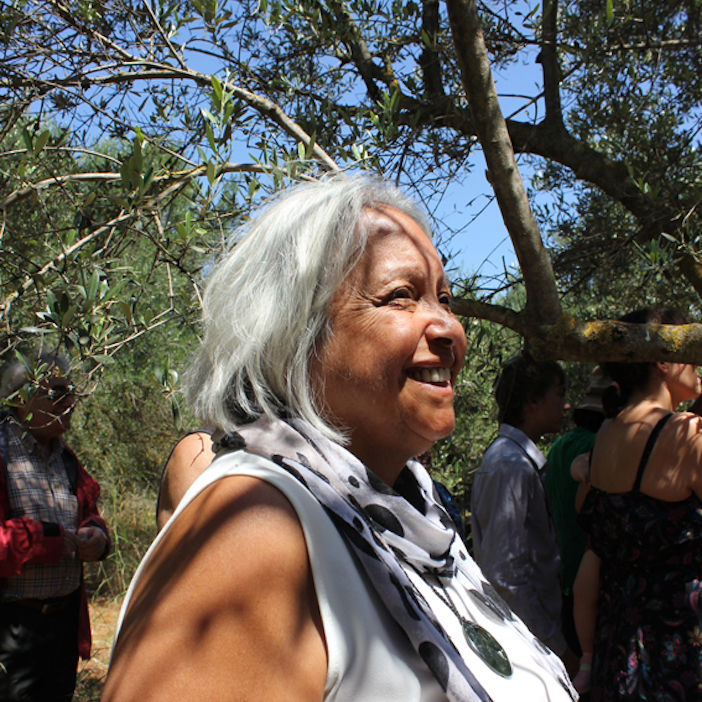
In an interview with ABC Australia, Saunders’ daughter Glenda Humes, spoke of the significance of the memorial.
“I first travelled to Crete in 2010 to meet some of those who as children helped my father when he was on the run in ’41,’ she says. ‘It was on that trip that I visited the 42nd Street battle site, which was totally unmarked.
“Given what took place there, I felt it was important to honor the memory of all those who fought and fell in that place.
“It’s not about glory. It’s about recognizing the sacrifice that took place there. And as we commemorate the Anzac centenary, I felt it was right to recognize this battle, fought by the second Anzacs. Aussies and Kiwis fighting side by side.”



